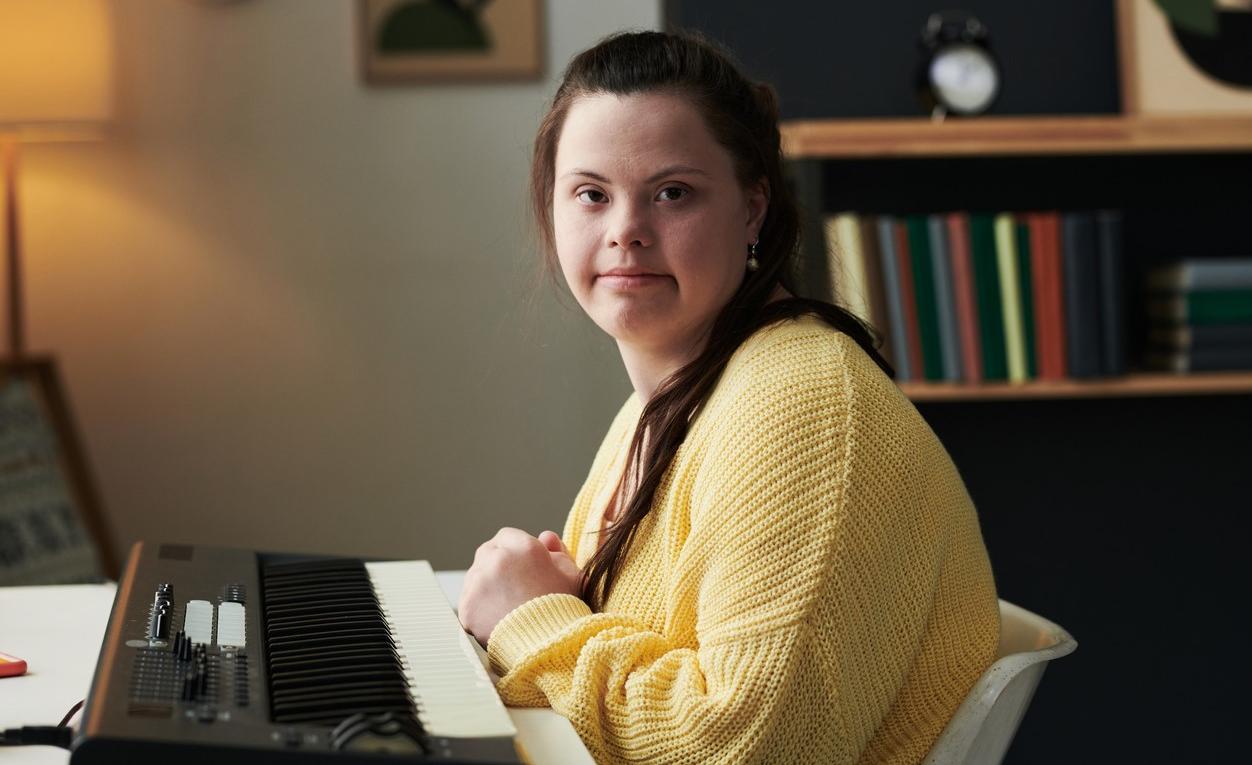Dutch adults with intellectual disabilities died of COVID-19 at a rate five times higher than the general population in the first 2 years of the pandemic, finds a study published yesterday in The Lancet Public Health.
Radboud University Medical Center researchers analyzed cause-specific and all-cause death rates in adults before and after the COVID-19 pandemic by linking intellectual disability status to the Netherlands' mortality registry from January 1, 2015, to December 31, 2021. The study included 187,149 adults with an intellectual disability and 12.6 million adults from the general population. The average age was 39.6 years in the intellectual disability group and 48.3 in the general population.
The authors noted that people with intellectual disabilities are at high risk for poor COVID-19 outcomes due to their vulnerability to infection, frequent residence in congregate care facilities, lower health literacy, higher numbers of chronic conditions such as obesity, and lower levels of compliance with such public health measures as physical distancing.
"Second, immunodeficiencies, generally poorer overall health, and health inequities put people with intellectual disabilities at a greater risk of serious illness and death from COVID-19 than people in the general population, particularly in the presence of a syndromic intellectual disability," they wrote. "Finally, COVID-19 might have exacerbated existing disparities for people with intellectual disabilities."
Pandemic worsened existing health disparities
The COVID-19 death rate was significantly higher among participants with intellectual disabilities than in the general population (hazard ratio [HR], 4.92), a disparity that declined with advancing age.
The overall mortality gap was slightly more pronounced during the pandemic (HR, 3.38) than before (HR, 3.23). More people with intellectual disabilities than those in the general population died of cancer, nervous and circulatory system diseases, external causes, and other natural causes during the pandemic.
"If the mean pre-pandemic mortality rate in the population with intellectual disabilities (123.5) applied during the pandemic, around 1000 fewer deaths would be expected in the population with intellectual disabilities in 2020 (2271 instead of 2603 observed) and 2021 (2210 instead of 2828 observed)," the authors wrote.
While relative risks of death remained similar during the pandemic as in previous years, the difference in death rates from before to during the pandemic was greater in the intellectual disabilities group.
"The health risks for people with intellectual disabilities warrant targeted policy making regarding protective measures for the current pandemic and future pandemic preparedness that go beyond the causative agent of a pandemic alone," the researchers wrote. "This study shows the need for better monitoring of vulnerable populations, such as people with disabilities, who are at risk of otherwise being overlooked, with marked consequences."
Prioritizing care of a neglected group
In a related commentary, Hannah Kuper, PhD, and Nathaniel Scherer, MSc, both of the London School of Hygiene & Tropical Medicine, said that the discriminatory and exclusion social structures that create clinical susceptibility in people with intellectual disabilities must be recognized.
This study shows the need for better monitoring of vulnerable populations, such as people with disabilities, who are at risk of otherwise being overlooked, with marked consequences.
"Inaccessible health facilities and health information, removal of social care, a lack of protective measures in care homes, poorly trained health staff, and delayed vaccine prioritisation are all failings that made people with intellectual disabilities clinically vulnerable to COVID-19," they wrote. "People with intellectual disabilities were abandoned and forgotten in government responses to the pandemic across the world, particularly in the early stages. They were made clinically vulnerable, in part, by neglect."
While these vulnerabilities have been apparent for many years, Kuper and Scherer said that governments have not sufficiently responded, which has further entrenched their elevated risk. "These failings include the social inequalities for people with disabilities, such as poor access to health care, education, and employment, poverty, and an increased risk of violence and abuse," they wrote.
Despite these failings, they said accumulating data have led to some action. "Evidence showing that people with intellectual disabilities were more likely to die from COVID-19 allowed them to be prioritized for vaccination in many countries, including in the UK," they wrote.
And after a national survey showed that people with intellectual disabilities died 13 to 20 years earlier than their peers, the UK National Health Service responded by mandating training of healthcare workers, establishing a learning disability register, encouraging routine health checkups, and monitoring health gaps through the Learning Disability Mortality Review.
"We need to put people with disabilities at the centre of health-care planning and delivery, so that inclusion in health care is not considered nice to have, but is entrenched as a priority and a right," Kuper and Scherer wrote. "We must not assume that these issues are too expensive or complex to address."




















